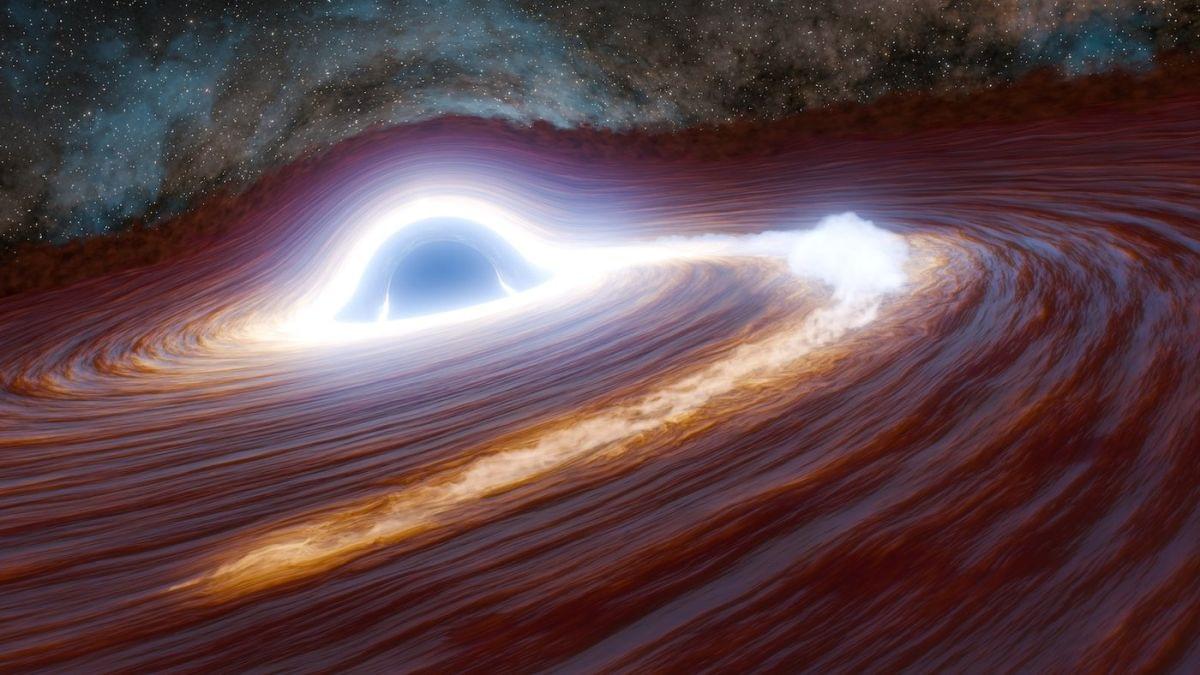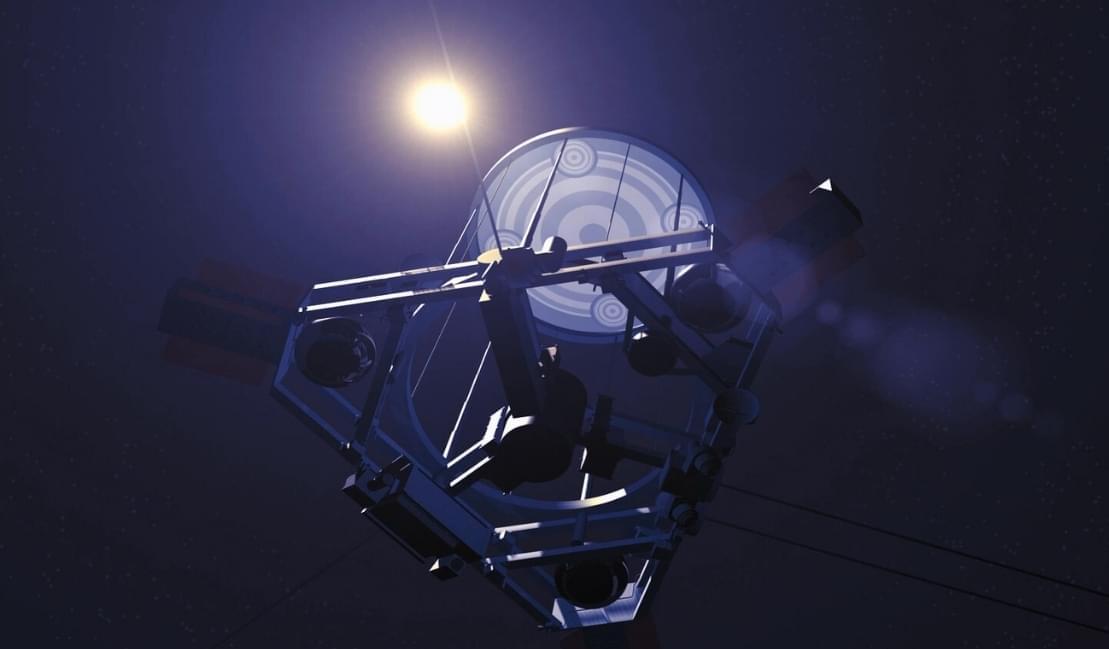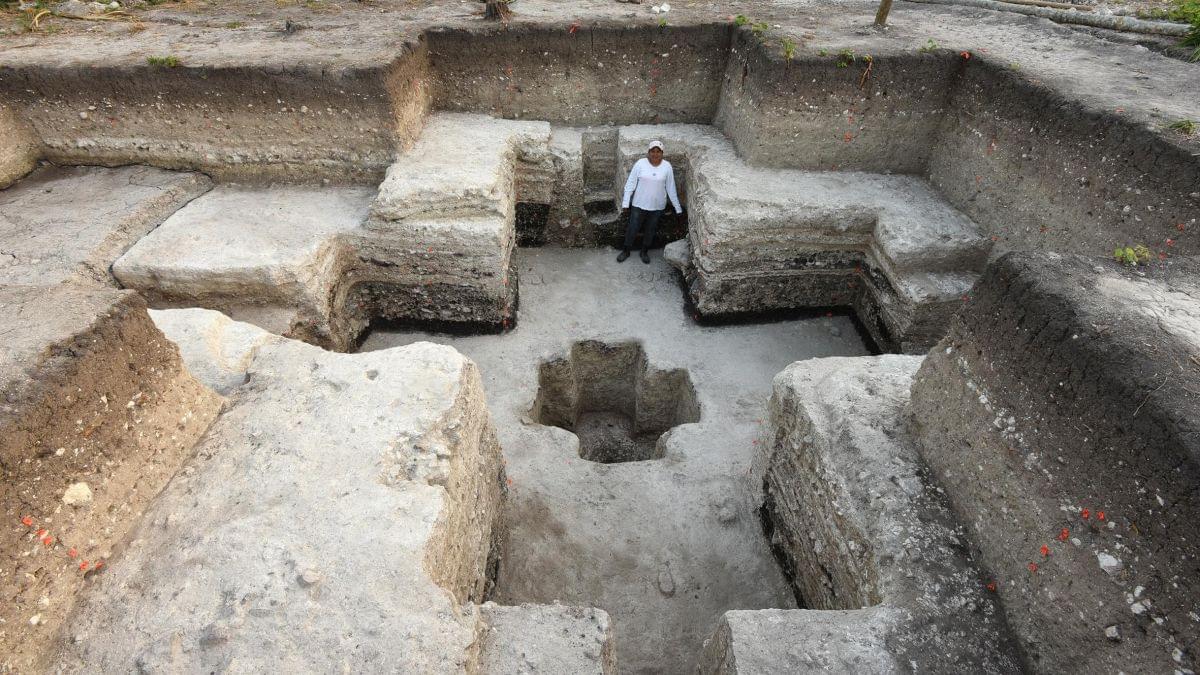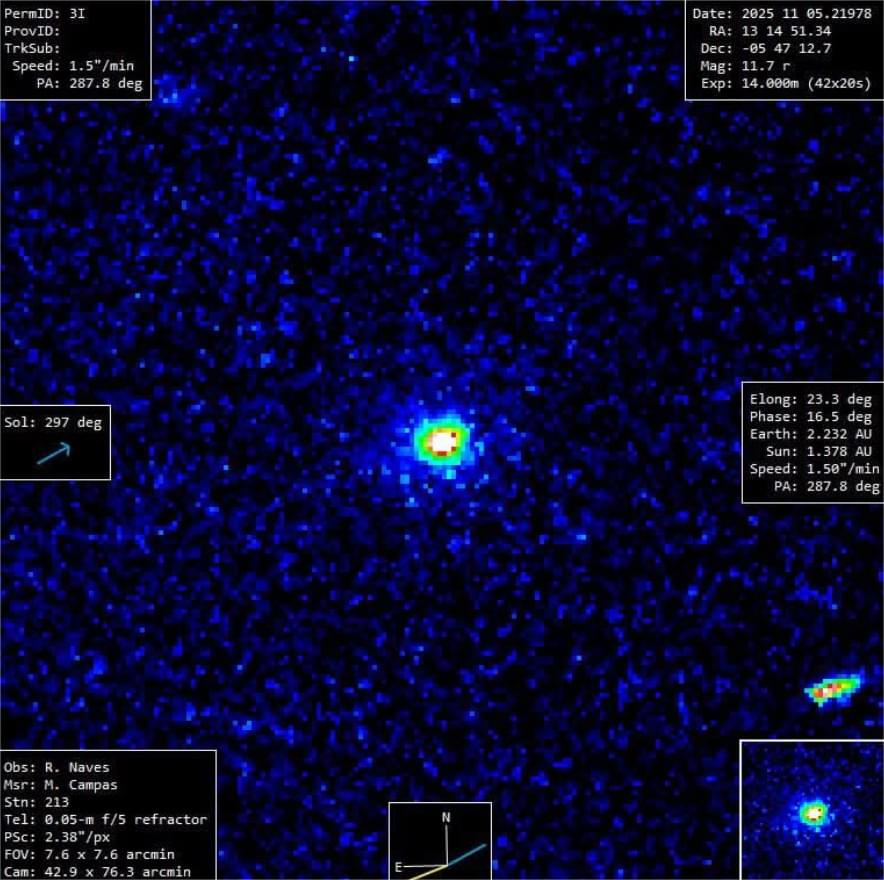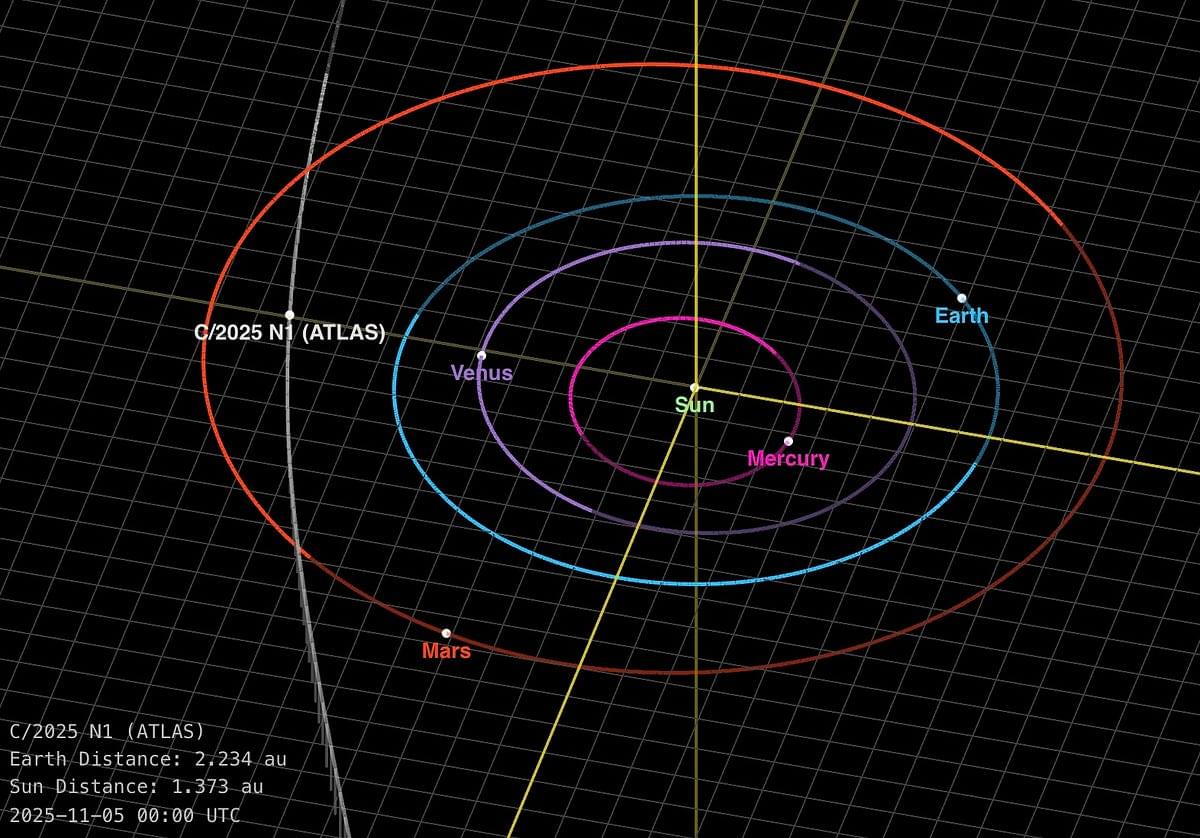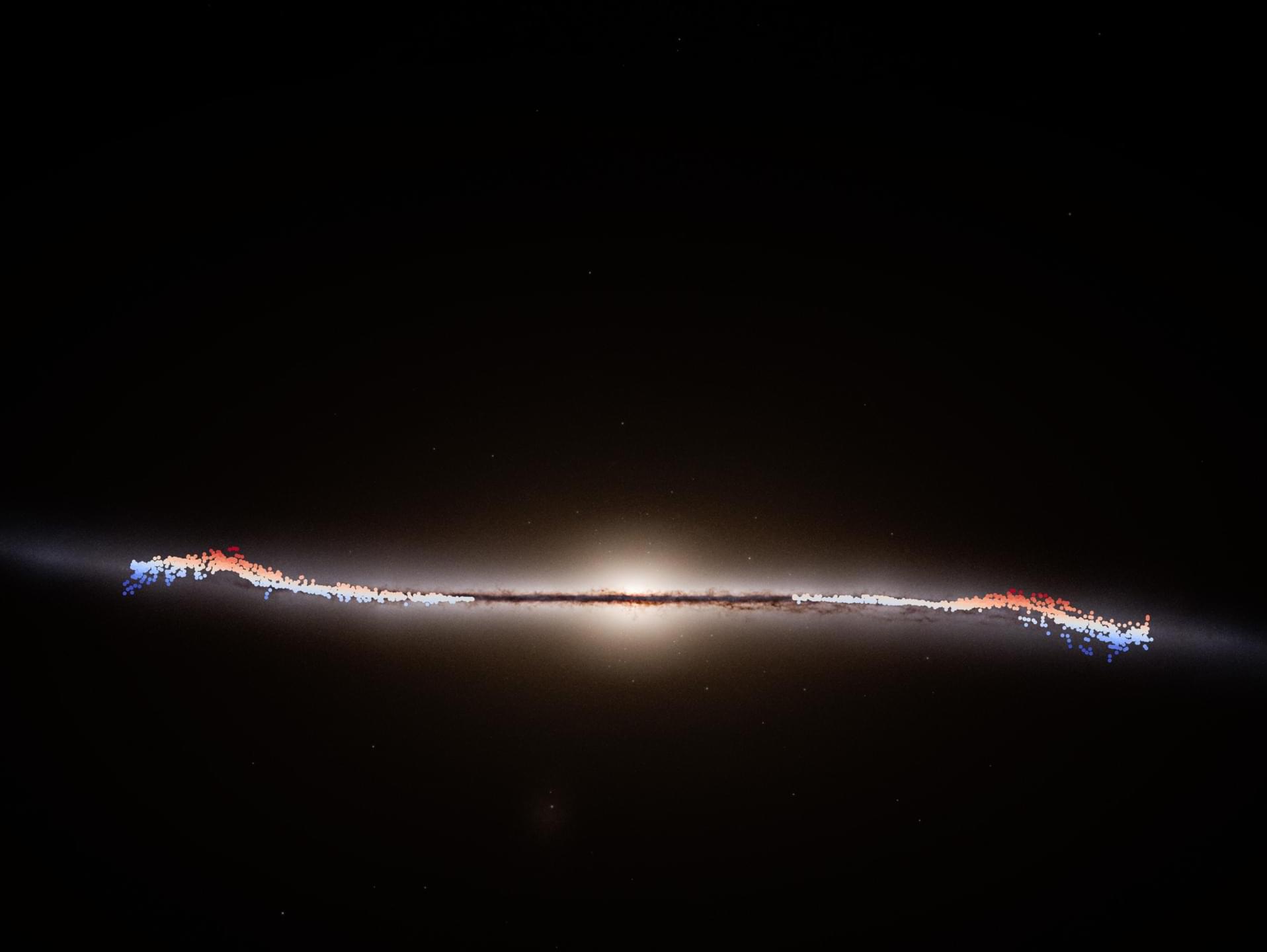In a flare of light that traveled for 10 billion years to reach us, astronomers have identified the most powerful and most distant blaze of energy ever recorded from a black hole, an eruption whose peak shone with the power of 10 trillion Suns.
The cause of this colossal event, says a team led by astrophysicist Matthew Graham of Caltech, was likely a supermassive black hole 500 million times the mass of the Sun devouring an unlucky star that flew a little too close to the powerful gravity well at the center of a distant galaxy. These black hole feasts are known as tidal disruption events (TDEs).
“The energetics show this object is very far away and very bright,” Graham says. “This is unlike any AGN [active galactic nucleus] we’ve ever seen.”
